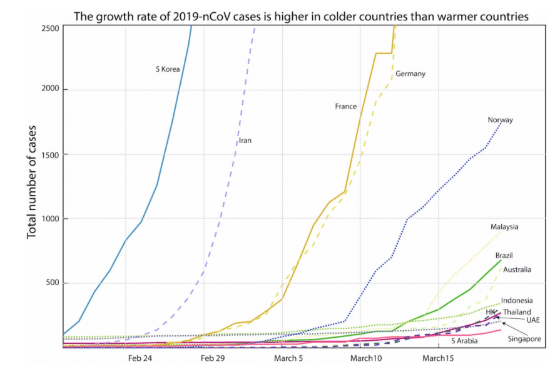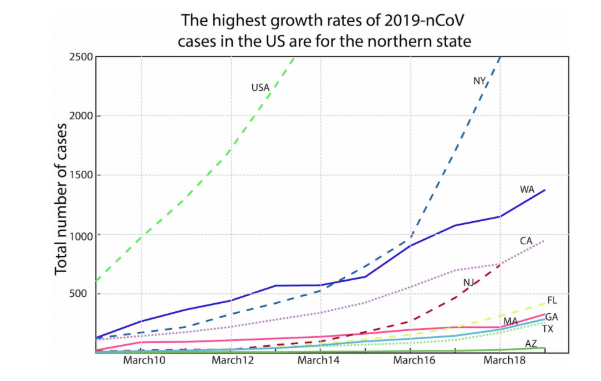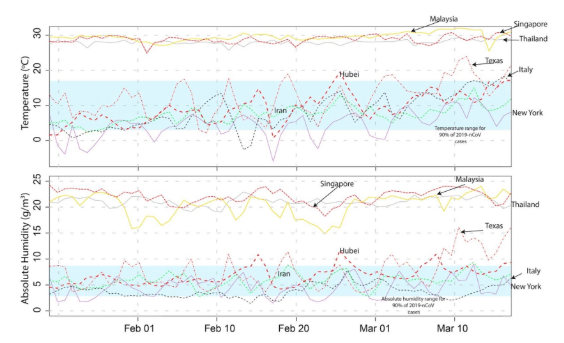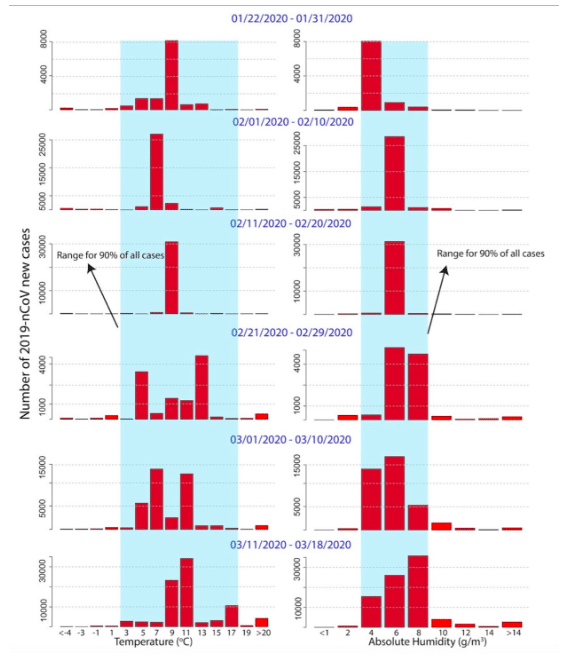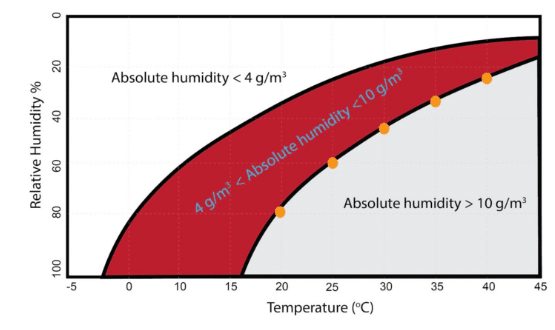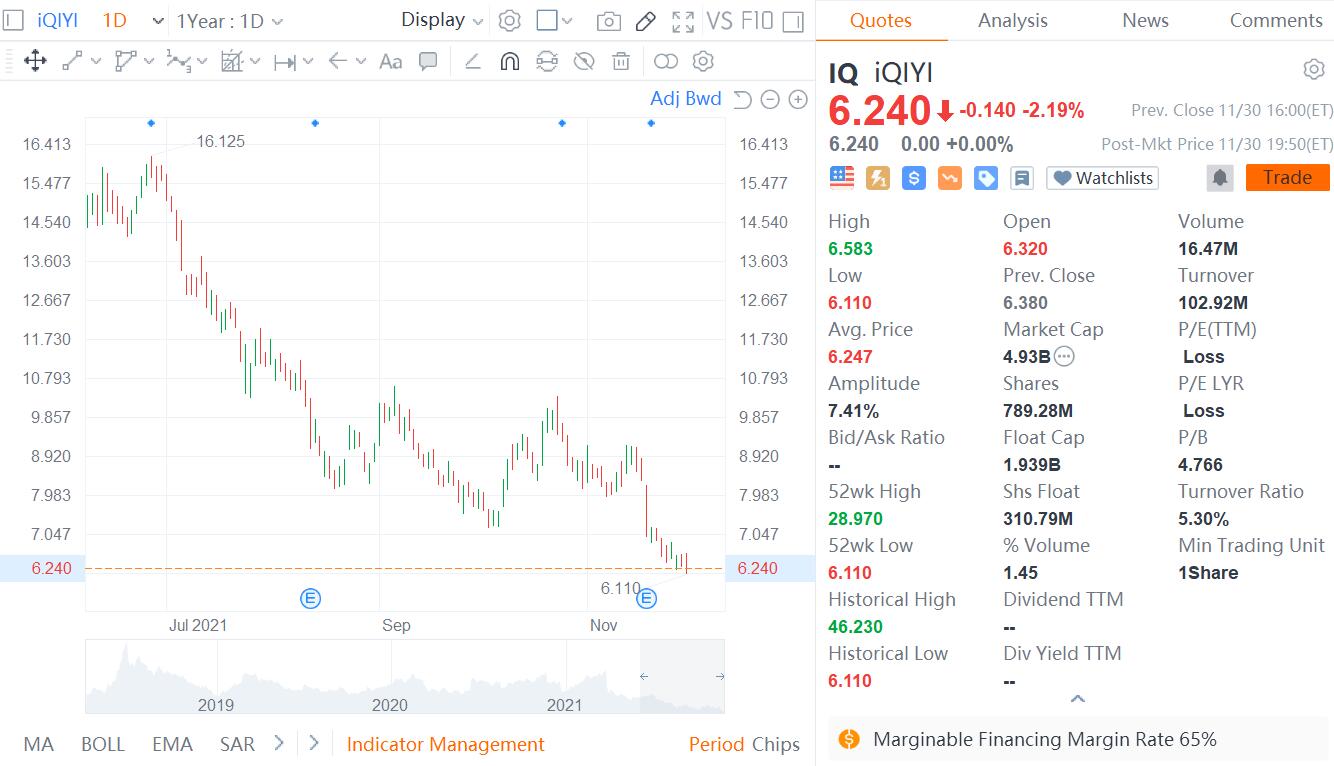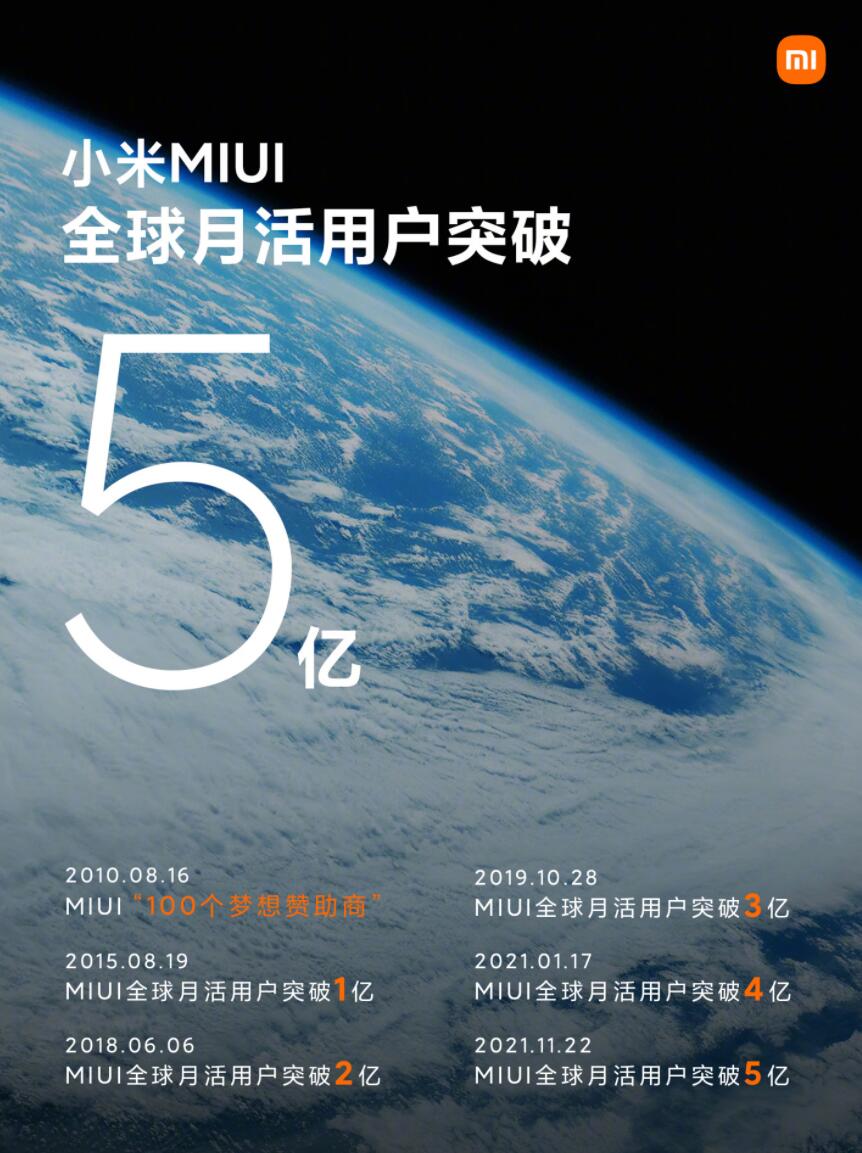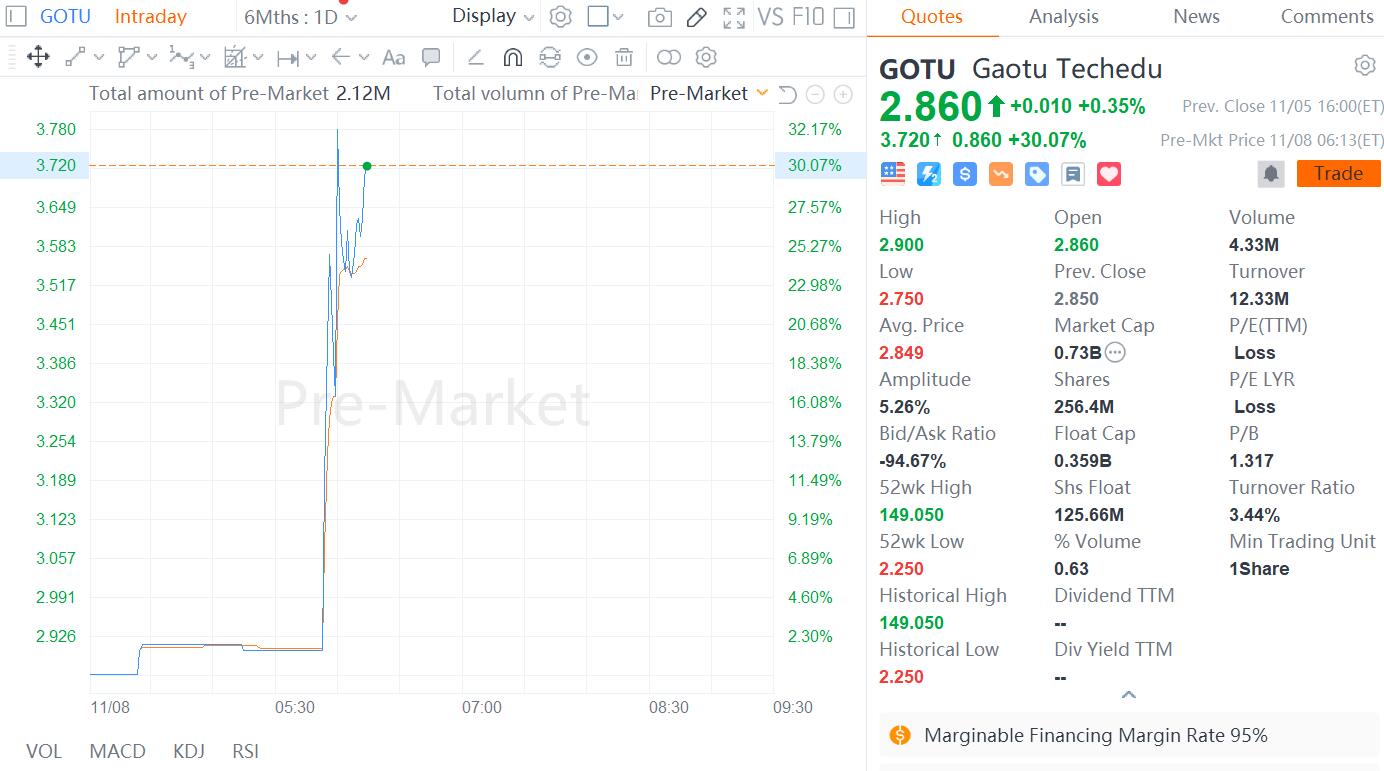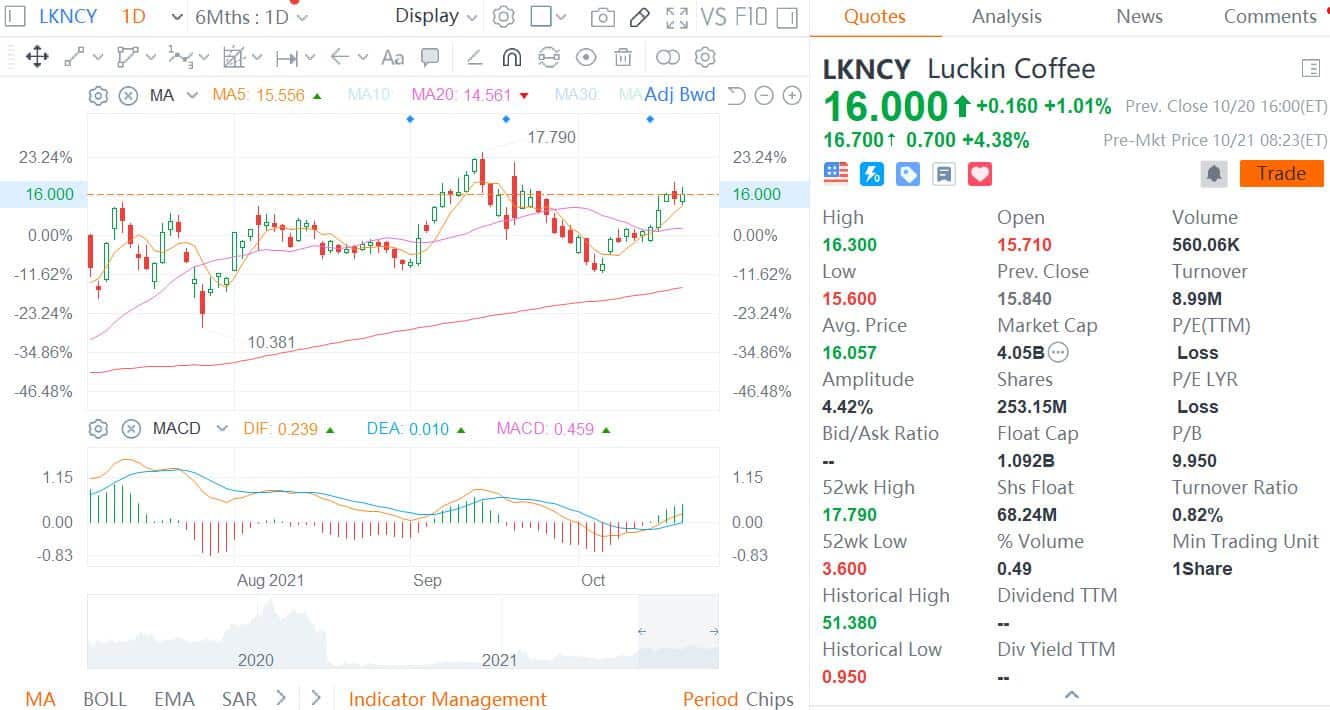In the four months since December 2019, the outbreak of the new coronavirus has swept through nearly 190 countries and regions around the world. When will this pandemic of unknown origin end?
According to previous experience in epidemics such as SARS (Severe Acute Respiratory Syndrome), the outside world is also hoping that the arrival of summer will kill the virus more "efficiently".
On March 19, Qasim Bukhari at McGovern Brain Institute and Yusuf Jameel in the Department of Civil and Environmental Engineering from MIT published a paper "Will Coronavirus Pandemic Diminish by summer?"
They said that although the flu virus has been shown to be affected by weather, it is unclear whether COVID-19 was similarly affected. In this study, they focused on the effects of weather on the transmission of the new coronavirus.
Their results show that so far, 90% of the transmission of new coronavirus has occurred within a certain temperature (3 °C-17 °C) and absolute humidity (4g/m3-9g/m3) range.
The total number of cases in countries from January to March with an average temperature higher than 18 °C and absolute humidity (AH) greater than 9 g/m3 is actually less than 6% of the global total.
Their analysis shows that, overall, opportunities to reduce virus transmission due to environmental factors will be limited in northern Europe and much of North America (US and Canada).
But on the other hand, the absolute humidity of Asian countries, especially those experiencing monsoon, will be greater than 10g/m3 from June to September, and the spread of the virus will be alleviated to some extent.
Such research is not isolated. Earlier on March 9, researchers at the Institute of Human Virology of the University of Maryland School of Medicine and the Global Virus Network (GVN) Center of Excellence also published a study at SSRN, and they made similar points.
They believe that to date, the epidemic caused by the new coronavirus has been mainly distributed in a narrow east-west direction, roughly along the corridor of 30 ° -50 ° north latitude. This area has similar temperatures: 5 °C-11 °C, similar relative humidity (RH): 47% -79%.
Both the scientific community and the public's expectations for summer are more or less partly based. Seventeen years ago, SARS appeared in the winter of the first year, but quietly disappeared the following summer, and even seemed to be completely extinct.
At the time, the global response was far less rapid and more stringent than this new coronavirus outbreak.
In addition to SARS-CoV and new types of coronavirus that can cause serious diseases, other perennial influenza shows obvious seasonality. In temperate regions, November to March in the northern hemisphere and May in the southern hemisphere. By September it is usually the flu season.
Discussion and research for more than half a century have also gradually come to a recognized point: low-temperature, low-humidity air environment is an important factor for the spread of winter influenza.
However, the scientific community's research on the correlation between coronavirus and climate still needs to be deepened and clear.
In this study, Bukhari emphasized that the number of cases of new coronavirus pneumonia is closely related to temperature and absolute humidity from the current outbreak.
However, the underlying reasons behind this relationship remain unclear, and it is not even ruled out that it may have no effect.
They stressed that proper quarantine measures should be taken even in warmer and humid areas.
However, the relationship between temperature and humidity and cases of new coronavirus pneumonia should be closely monitored. If there is a strong environmental dependence on the spread of new coronavirus, this relationship should be used to optimize the epidemic mitigation strategy.
Significant differences in growth rates of new coronavirus pneumonia cases among different countries
The analysis provided by this study by Bukhari provides a direct comparison between the spread of new coronavirus and local environmental conditions. There is a significant difference in the rate of growth of new coronavirus pneumonia among different countries, and there are also significant differences between different states in the United States.
Growth curve of new cases of coronavirus pneumonia in different countries (as of March 19, 2020). Figures show the total number of cases between February 23 and March 19. The growth curve varies significantly between regions and states.
Growth curve of new cases of coronavirus pneumonia in US states (as of March 19, 2020). Figures show the total number of cases between March 9 and March 19. Different regions and states have significantly different growth curves.
At present, Italy, Iran, and South Korea have higher growth rates. These countries show similar weather patterns to the outbreak in Wuhan, China, that is, their average temperature from February to March is 3 °C-10 °C.
In contrast, countries with warmer and humid climates, such as Singapore, Malaysia, Thailand, and other Southeast Asian countries, have lower growth rates.
The new coronavirus epidemic affects changes in temperature and absolute humidity in the area over time. Regions with higher temperatures and absolute humidity (Singapore and Thailand) have reported fewer cases of new coronavirus pneumonia.
Hubei, the center of the pandemic, is indicated by a red dotted line. The temperature and absolute humidity ranges of most new cases of coronavirus pneumonia (> 90%) are highlighted in light blue, with temperatures between 3 °C-17 °C and absolute humidity between 4g/m3-8g/m3.
Within the United States, the epidemic also shows a north-south difference. Compared to the warmer southern states, the colder states in the north are growing at a much higher rate.
Although the number of cases in Florida increased dramatically from March 17 to March 20 due to retrospective sample analysis, the transmission of the new coronavirus in Florida, Texas, and Arizona was generally limited.
In California across the climatic zone, Northern California has twice as many cases as Southern California.
It is worth noting that there are two outliers in Oregon and Louisiana. Oregon, although located between California and Washington, has fewer than 100 cases.
Similarly, although Louisiana is relatively warm and humid, there are only about 500 cases.
Bukhari mentioned in their paper that at present, no country in Asia, the Middle East, and South America has implemented the same stringent quarantine measures as China, Europe, and some states in the United States, but their overall growth rate is still low.
This suggests that in addition to mobility and quarantine factors, other factors may also play an important role in slowing the spread of the virus.
Since climate seems to be one of the main differences between high- and low-growth countries, Bukhari believes that the role of weather in the spread of coronavirus should be explored in-depth, of course, "provided that such effects exist."
To date: far fewer cases in areas with temperatures above 17 °C and absolute humidity above 9g/m3
The analysis by Bukhari shows that from January 22, 2020, to March 19, 2020, areas with an average temperature between 4 °C-10 °C and an absolute humidity between 3 g/m3-9g/m3. There were the newest cases in 10 days.
Except for new cases, the total number of cases in areas with temperatures above 11 °C and below 0 °C is less than 5%, and the total number of cases with absolute humidity greater than 9g/m3 is less than 10%.
With changes in temperature and absolute humidity, the number of new cases of coronavirus pneumonia worldwide also changes. The figure shows new coronavirus pneumonia cases reported every 10 days at different temperatures and absolute humidity.
The temperature and absolute humidity ranges of most new cases of coronavirus pneumonia (> 90%) are highlighted in light blue, with temperatures between 3 °C-17 °C and absolute humidity between 4g/m3-8g/m3.
The first thing to explain here is absolute humidity. Generally mentioned humidity generally refers to relative humidity (RH), which is the relative ratio of absolute humidity to the saturated absolute humidity at that temperature. The absolute humidity (AH) is the actual moisture content in the unit air.
A recent article from the Beijing Association for Science and Technology pointed out that at a certain temperature, increasing relative humidity also increases absolute humidity.
After the relative humidity reaches 100%, water vapor will condense and precipitate. At this time, the absolute humidity cannot continue to increase, that is, the saturated absolute humidity at this temperature is reached.
At this time, the temperature needs to be increased first to increase the air's ability to contain water vapor before the absolute humidity can continue to increase.
Although relative humidity is more convenient to measure, since absolute humidity can more directly characterize the water vapor content in the air, and it also implies the direct impact of temperature on the virus, researchers generally use absolute humidity as an indicator to correlate with virus transmission characteristics.
For the Wuhan area on the waterfront, this article from the Beijing Association for Science and Technology also briefly mentioned, "The temperature in winter is low, so although the relative humidity is high, the absolute humidity is not great. Wait until summer to see it again."
During the period from March 11 to March 19, Bukhari observed that although the number of cases in the Middle East, South America, Asia, and African countries (warm regions) has soared, they are still below 8 °C-12 °C. 1/10.
They argue that such a growth of the virus in warmer regions is unlikely.
The data so far clearly indicate that the number of cases is much lower in areas with temperatures above 17 °C and absolute humidity above 9g/m3.
Based on current data, researchers have hypothesized that the virus may spread more slowly in warm and humid conditions.
They wrote in the paper, "Of course, as opposed to this hypothesis, we can also think that the mobility of people between China and Europe and between China and the United States is high, so the number of cases in these regions is also high."
But for these reasons, Bukhari believes that it remains to be explored. For example, the population mobility between China and Southeast Asia is also very high, which makes the lower growth rates of these countries puzzling.
In addition, some people may argue that Hong Kong, Singapore, and Taiwan have established a strong infrastructure to respond to the outbreak of SARS, which may help curb the spread of the virus.
However, Bukhari believes that this complex infrastructure does not exist in Malaysia, Thailand, the Philippines, and Cambodia.
As a result, researchers believe that China's lower population mobility or strong health infrastructure cannot explain the lower growth rates in all of these countries in Southeast Asia.
Similarly, China has important commercial relationships with Africa and Latin America, and there are not a large number of reported cases in these regions. Most of these countries lack good health care facilities and may not have adequate tests to determine the actual transmission of the new coronavirus.
By observing the spread of the new coronavirus in Saudi Arabia and the UAE, the researchers also obtained further evidence to support their hypothesis.
They mentioned that thousands of pilgrims from all over the world visit Saudi Arabia, and likewise, the UAE is an important international center, with millions of tourists and businessmen from around the world visiting every year.
Moreover, as of March 20, 2020, the number of coronavirus tests per capita in the UAE is also the highest in the world.
Although the two countries have adopted stringent quarantine measures in the past few days, the number of cases indicates that the spread of the virus was limited even before the quarantine measures.
Why are there recent peaks in cases of new coronavirus pneumonia in warmer and humid regions?
The paper states that in the past week (March 13 to March 21), several countries in Asia, South America, and Africa have begun to increase the number of new cases of coronavirus pneumonia.
Studies have speculated that the number of new cases of coronavirus pneumonia will increase exponentially in many countries, but Bukhari believes that this speculation is incorrect.
The main reason is that some countries have not started testing for new coronavirus until recently, and there is bound to be a surge once testing begins. They also believe that differences between locally transmitted and exported cases (ie, infected with the virus elsewhere but tested in another area) should be taken into account.
It is also necessary to consider that, unlike the strict blockades imposed by Europe and the United States, the Middle East, Africa, South America, and South Asian countries still have mobility between home and abroad (as of March 16, 2020).
In Pakistan and Qatar, most cases are imported from Iran. As of noon on March 14, Malaysia confirmed 77 cases from a single event, a religious event for ten thousand people in Kuala Lumpur from the end of February to early March.
As of March 17, two-thirds of Malaysia's total cases were related to the incident.
Bukhari and others also believe that the number of cases may increase significantly as governments in the Indian subcontinent step up testing.
However, they believe that in these relatively warm and humid countries (India, Pakistan, and Bangladesh, which together account for 22% of the global population), the growth trajectory of the epidemic in the coming month will also help to better understand the new coronavirus Temperature and humidity dependence.
Temperature, humidity, which environmental influence is more important?
Judging from the current spread of the epidemic, researchers believe that the number of cases of new coronavirus pneumonia is closely related to temperature and absolute humidity.
However, the underlying reasons behind this relationship remain unclear.
Similarly, researchers don't know which environmental factor is more important, it may be that one of them has a greater impact, or both may be as important. Of course, it is not ruled out that there may be no effect.
What their analysis can obtain is that before March 11, 90% of cases of new coronavirus pneumonia occurred in areas with a temperature below 11 °C, which indicates that temperature may play an important role in virus transmission, and higher temperatures limit The spread of the virus.
However, between March 10 and March 19, almost 5% of the new cases occurred in areas with temperatures between 16 °C and 18 °C. This phenomenon may challenge the assumption that rising temperatures will slow the spread of new coronavirus.
However, the slight increase in the number of cases in the above 16 °C-18 °C area should not allow us to completely ignore the relationship between temperature and the new coronavirus epidemic unless the epidemic is widely spread in all temperature regions. Links will also disappear in the coming months.
As the northern hemisphere is approaching summer, they are expected to see changes in the number of cases and temperature.
Of course, even though the number of cases in areas with a temperature of 20 °C is relatively small at present, its immediate effect on the key epidemic regions in Europe and the northern United States is limited because in the next April to May, The average temperature in most cities is below 20 °C.
Compared with temperature, absolute humidity and epidemic situation are always closely related, 90% of cases occur in areas with absolute humidity between 4 g/m3-9g/m3.
Bukhari mentioned that previous research also pointed out that absolute humidity plays an important role in the transmission of the virus, and its role in the transmission of new coronavirus should be studied in depth.
Absolute humidity changes with temperature and relative humidity. So far, more than 90% of cases of new coronavirus pneumonia have occurred in the red area. Fewer than 10% of cases are reported in areas where the absolute humidity is greater than 10g/m3 or less than 4g/m3.
The researchers calculated the theoretical absolute humidity for temperatures between -5 °C and 40 °C and relative humidity (RH) between 0 and 100%.
The absolute humidity in areas where the temperature is below 15 °C is less than 9g/m3. When the temperature is between 15-25 °C, if the absolute humidity is less than 9g/m3, the relative humidity must be greater than 60%.
This indicates that even though the spread of the new coronavirus will be reduced in regions with higher humidity, this decrease will be limited in regions above 40 ° north latitude, including most of North America and Europe, as these regions only For a short time in August, the average temperature and relative humidity were above 20 °C and 80%, respectively.
Given that narrow fluctuations in absolute humidity (4g/m3-9g/m3) can be observed in most cases and the relationship between previous virus transmission and humidity, Bukhari et al. Believe that absolute humidity plays a role in the transmission of the new coronavirus May play a bigger role.
Bukhari stated that, overall, their analysis showed that opportunities to reduce virus transmission due to environmental factors will be limited in northern Europe and much of North America (the US and Canada).
But on the other hand, the absolute humidity of Asian countries, especially those experiencing monsoon, will be greater than 10g/m3 from June to September, and the spread of the virus will be alleviated to some extent.
Explanation based on observations
Based on the current lack of understanding of the new coronavirus in the scientific community, many issues have not been clearly explained.
There are currently seven known human coronaviruses: four common viruses that cause mild or moderate respiratory infections, namely 229E, NL63, OC43, and KHU1.
The other three are coronavirus that can cause severe symptoms and even lethality, namely SARS-CoV, MERS-CoV, and new emerging coronavirus.
The "Guidelines for Public Protection of Pneumonia Infected by New Coronavirus" previously compiled by the Chinese Centers for Disease Control and Prevention pointed out that coronavirus belongs to the genus Trotaviridae, coronaviridae, and coronavirus, and are a type of linear positive-strand with a cystic enveloped RNA virus, a large class of viruses widely existing in nature, is also the largest genome virus (27-32kb in total) among currently known RNA viruses.
Coronavirus has been partially studied in the scientific community before. The above protection guidelines mentioned that human coronavirus is more sensitive to heat. The virus is moderately stable in droplets suitable for maintaining at 4 °C and can be stored for several years at -60 °C. However, as the temperature increases, the resistance of the virus decreases, such as HCoV-229E is 10 minutes at 56 °C or several hours at 37 °C even if it loses infectivity.
In addition, coronavirus is not resistant to acids and alkalis, and the optimal pH for virus replication is 7.2. Human coronavirus is sensitive to organic solvents and disinfectants. 75% ethanol, ether, chloroform, formaldehyde, chlorine-containing disinfectants, peracetic acid, and ultraviolet rays can inactivate the virus.
Bukhari analyzed in this study that the temperature dependence of the new coronavirus may be similar to SARS-Cov, which at higher temperatures loses its viability due to the decomposition of the lipid layer at higher temperatures.
Humidity dependence may be due to the poor airborne performance of the virus at higher absolute humidity, which reduces the overall indirect transmission of the new coronavirus at higher humidity levels.
The decrease in transmission of the new coronavirus in humid climates may be due to the fact that although high humidity increases the virus deposited on the surface and prolongs the survival time of the virus in the droplets, the virus transmission has changed from direct and indirect (via air) transmission.
However, Bukhari emphasized that these explanations were extrapolated based on observations of other coronavirus patterns. The scientific community still urgently needs to study the correlation between coronavirus transmission and temperature and humidity under laboratory-controlled conditions.
Emphasize: Take proper quarantine measures even in warmer and humid areas
Bukhari's hypothesis is based on existing data, and its correctness will be automatically tested in the coming weeks as new cases worldwide are reported.
They believe that the relationship between temperature and humidity and cases of new coronavirus pneumonia should be closely monitored, and if there is a strong environmental dependency for the transmission of new coronavirus, this relationship should be used to optimize outbreak mitigation strategies.
They also emphasized that this result by no means that the new coronavirus will not spread in warm and humid regions, and effective public health interventions should be taken around the world to effectively reduce the spread of the new coronavirus and protect vulnerable groups from infection.
At present, some countries have adopted the strategy of "squashing the virus epidemic curve", that is, to make the virus epidemic flatten. This means that these countries have adopted measures such as isolation to keep the speed of new cases within a range that can be tolerated by a medical system and to prevent the immune system from getting out of control.
If the epidemic curve is steep, the local health care system will be overloaded in the short term, new patients will not be admitted, and even serious conditions such as shortage of medical supplies will occur.
Bukhari mentioned that while proper isolation measures helped to flatten the curve, they believed that the future warm and humid weather might slow the spread of transmission in parts of Asia. However, these mitigations seem limited for Europe and North America.
In addition to weather, there are several other factors that affect the number of affected cases in any region, including population, quality of care, medical interventions, and global connectivity.
They believe that future work should include using these factors to predict propagation through deep learning modeling.
The aforementioned study by the University of Maryland School of Medicine also mentioned that the path for further research would be to integrate epidemiological-human systems models.
The model can combine variables such as climate and weather (such as the dynamic changes in temperature and humidity) and their spatial and temporal changes while adding simulations of human interaction scenarios (such as travel, propagation caused by population density), which will greatly improve the current model.
The University of Maryland School of Medicine said at the time that although long-term predictions of the new coronavirus at this stage would be very difficult, the area currently affected by the outbreak is expected to decrease significantly in the coming months.
The research team believes that there is a possibility that the new coronavirus will continue to spread at low levels in tropical regions, and will re-emerge in temperate regions in late autumn, winter and the beginning of the next year. Another possibility is that as summer arrives, the new coronavirus will not be able to survive in the tropics and the southern hemisphere and eventually disappear.
This means that between June and September, surveillance of new coronavirus in New Zealand, Australia, South Africa, Argentina, and Chile will be significant.
Special Report: Fighting The New Coronavirus


